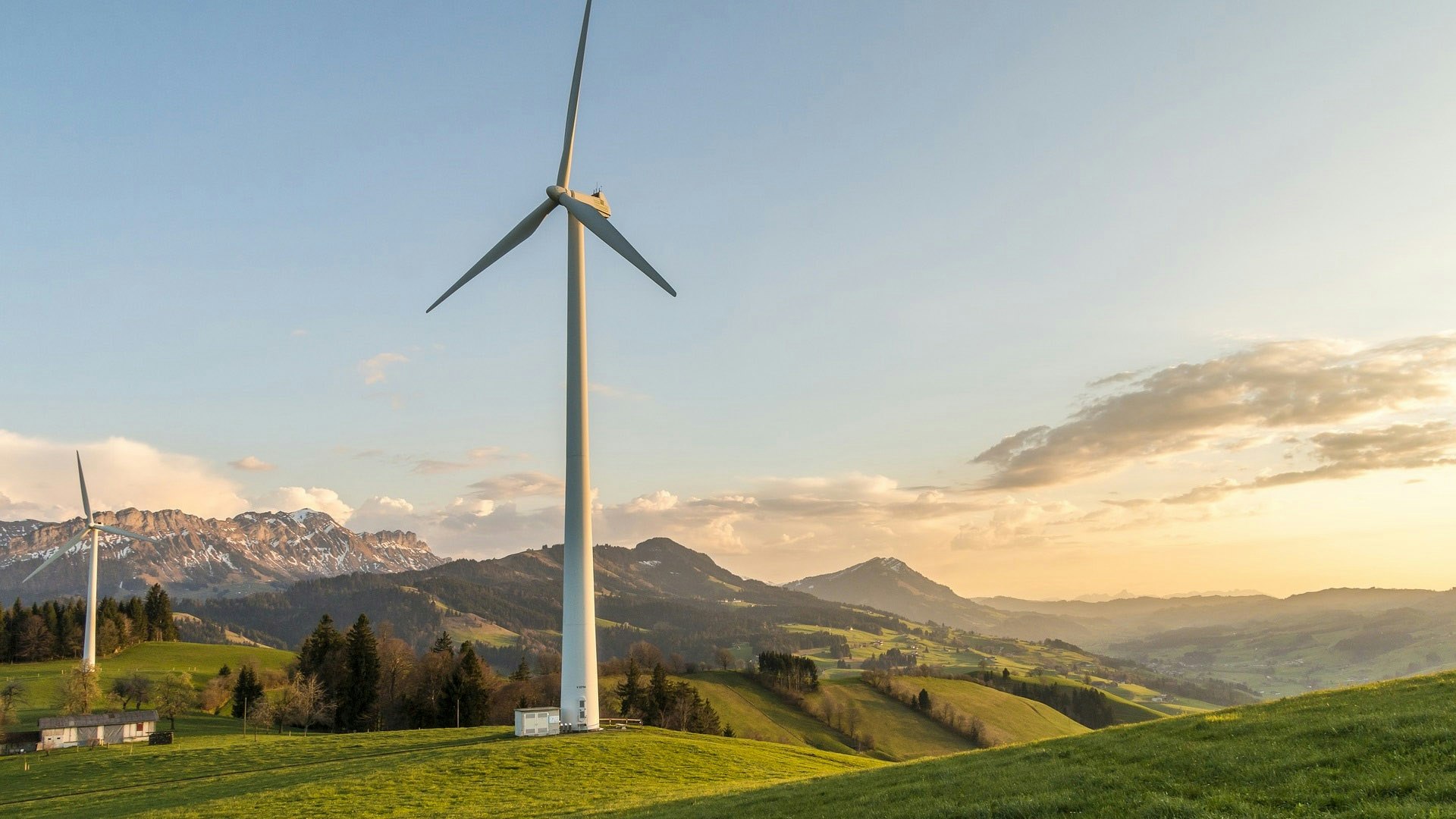In the largest survey yet of the delivery potential from rising renewable energy supplies, a new report launched today by the Centre for Alternative Technology shows that clean energy could now meet all our electricity needs, at all times of the day, and all year round.
The report – Raising Ambition: Zero Carbon Scenarios from Across the Globe– draws on scenarios designed to meet the climate targets of the Paris Climate Agreement, developed at the global, regional, national and sub-national scales. Over 130 scenarios were assessed and mapped – the largest number yet in any comparable exercise, including 18 in-depth case studies.
They draw on cutting-edge modelling work for net zero, deep decarbonisation, and up to 100% renewable energies. The geographical range is the broadest yet too, covering from Tanzania to Los Angeles, and South Asia to the Baltic.
“This summer the climate crisis became horrifically real for people experiencing record weather extremes from the United States to Japan and Bangladesh. We have produced the largest survey yet of scenarios for switching to climate friendly energy, and the good news is that they show it is within our power to make the changes needed to meet carbon reduction targets and halt the worst of global climatic upheaval,” says Paul Allen, Zero Carbon project coordinator at CAT.
Since a previous assessment in 2015 the number of scenarios has grown by 30% and their scope has spread to include more developing countries. These include raised ambitions for decarbonising electricity supplies up to 100% and doing so between 2030 and 2050. The results show other key shifts indicating the ability of renewable power to give reliable electricity supplies both around the clock and all year round.
“These scenarios are increasingly based on hourly modelling, including for developing countries, which means we can show that green energy supplies can meet demand 24 hours a day and across the seasons,” says Allen, “Through demonstrating the potential of intelligent, mixed supply systems we can show that renewables deliver whatever the weather.”
The mapping in Raising Ambition shows the diverse range of new scenarios which are now emerging, including for many of the world’s largest emitters. It comes too at a time when it is increasingly clear that, when all associated costs are included, renewable energy is becoming the cheapest option for most parts of the world. Many of the scenarios showed that making the switch to 100% renewables becomes cheaper than taking a business-as-usual approach.

The survey also revealed a number of key challenges:
- While the global and regional scenarios show great potential, still too many countries have not yet prepared scenarios that align their short-term actions and long-term plans with the levels of ambition required by the Paris Climate Agreement. Of a total 199 countries in the world, the study found only 32 had developed deep decarbonisation, 100% renewable energy or net zero scenarios, or just 16% of the total. Many low-income countries lack publically accessible zero carbon scenarios to help raise ambitions amongst their citizens, African states are under-represented with only 4 national scenarios out of a total 54 countries on the continent. Many big fossil players such as Russia are also lacking. Where poorer nations without scenarios are concerned, the report calls for much-needed international support.
- To deliver on Paris, scenarios must go beyond 100% renewable electricity – humanity needs to get to zero in all sectors. For that, multi-sector modelling is needed to offer fully integrated net-zero carbon scenarios which include emissions from transport, buildings, industry and agriculture.
- Even with a 100% renewable energy system, plus reduced agricultural emissions, and more efficient, circular industrial processes, there will still be significant amounts of un-avoidable residual greenhouse gas emissions which need to be balanced by genuinely sustainable net-negative processes. For example, in the Net-zero in New Zealand scenarios, to offset residual emissions, plantation forests expand by between 1 and 1.6 million hectares by 2050. Or, in the Zero Carbon Britain scenario, by doubling the forested area of the UK, harvesting more timber to use in buildings and infrastructure, restoring 50% of our peatlands, and converting waste wood either into biochar or leaving it in ‘silo-stores’, we could capture the average residual emissions of 45 MtCO2e per.
- Land-use is both important and an overlooked factor in meeting the climate challenge. It is both a missing link and an underestimated asset, not only for sustainable agriculture, healthy diets and recreation, but also for natural carbon management. We can revitalise natural systems that offer sustainable ‘net negative processes’, for example by restoring forests, peatlands and soils. These can absorb and sequester unavoidable residual greenhouse gases from the atmosphere, to achieve an overall balance, whilst also regenerating and protecting natural systems.
Raising Ambition finds that to take the Paris climate targets seriously, all countries – developed and developing, large and small – must be supported to prepare 2020-2050 focused full net-zero scenarios which work across disciplines; linking energy, transport, buildings, diets, land-use and sustainable, natural carbon sinks. This will ensure each country’s development pathway and industrial strategy aligns with the mitigating actions required, creates trusted investment frameworks and helps develop social licence.
“From researching this report, we know that tackling climate change and creating a fairer future for everyone is no longer a technological challenge, it’s a challenge of will, of ambition, and of vision,” says Allen, “ Whilst there are clear challenges, there are also huge multi-solving opportunities for adaptation, resilience, employment, heath, wellbeing, economics and natural systems.”
For more information and to download the report, click here


